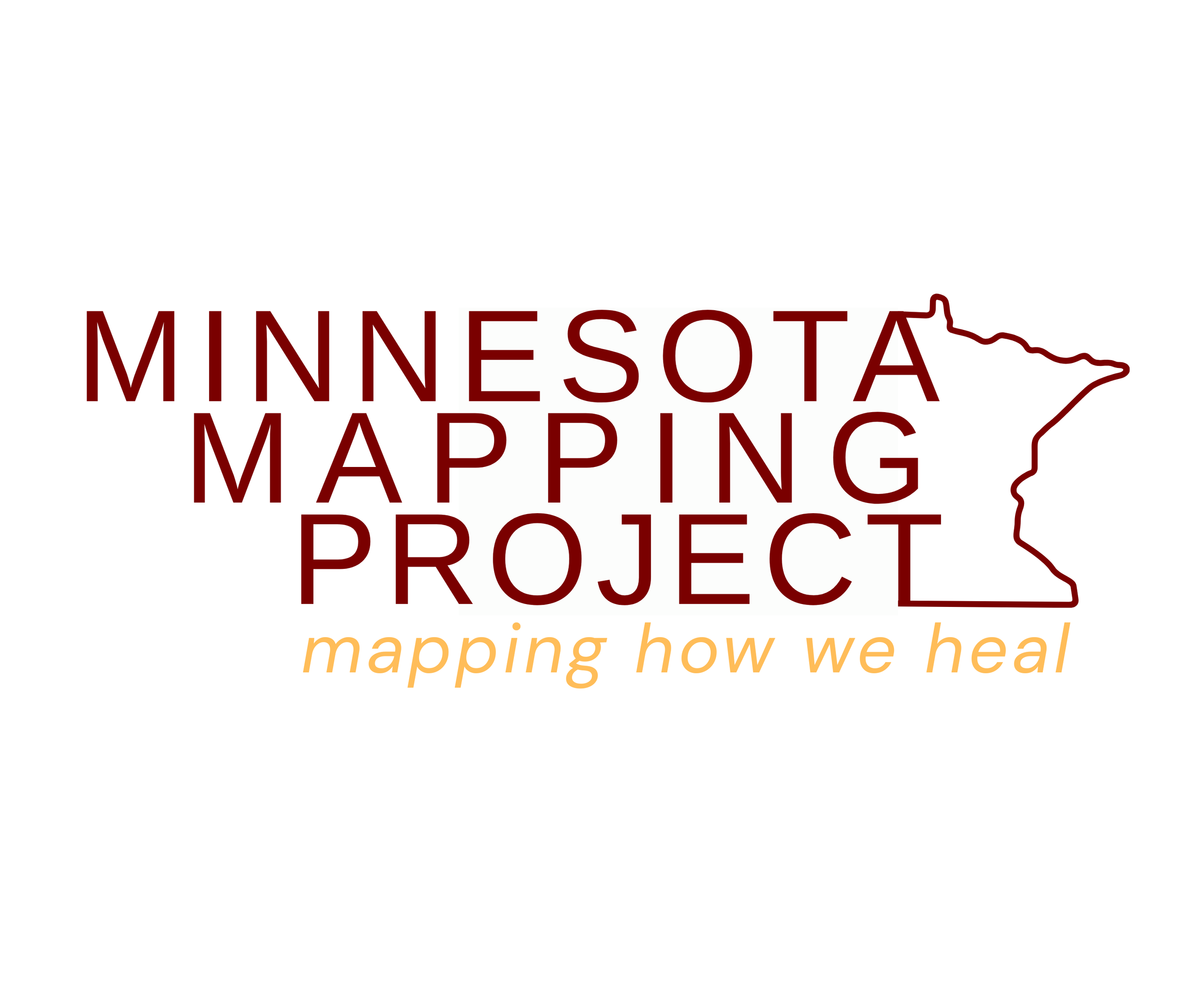Our divisions show up in how we talk about political and social issues, where we choose to live and raise our families, how we vote (or whether we vote at all), where we shop, what media we consume, and many other ways.
Let’s make a map for how we connect those divisions.
Our social and political divisions impact our relationships and our ability to focus on solutions to the challenges we face. It dramatically impacts our ability and willingness to even identify the problems themselves.
Disagreements intended to be dealt with at the ballot box and through discussion in the public square are now being dealt with through violence and political retribution.
Policy issues such as infrastructure, healthcare, education, media, technology, and much more cannot be dealt with in a serious, sustainable way unless we have a common understanding of the objective efficacy of solutions, the barriers to those solutions, or a common understanding of the root causes of the challenges.
GOALS AND OBJECTIVES
Our goal with this project is to find out if we still have common values and how we lift those values up in our public discourse rather than focus on the divisions fueling violence, despair, and partisanship.
MEDIUMS FOR CONVERSATION
We will engage in these conversations in four ways - a community mapping project, field research (one-on-one interviews at community gatherings and door-to-door), public forums, and podcast interviews with people identified in the first three mediums.
PHASE 1 - COMMUNITY MAPPING
Phase 1 of this project would take the defined, diverse political community I am most familiar with - Northern and Central MN - and explore the macro issues through the local lens. These communities are intertwined in a changing political and economic paradigm. They are emblematic of a growing trend in the US - geographically large political districts with pockets of both urban populations and small communities..
PHASE 2 AND 3 - CONVERSATIONS
Phases 2 and 3 will largely be guided by the direction that community mapping takes the project. We envision Phases 2 and 3 utilizing one-on-one interviews, public forums, and a podcast program.


